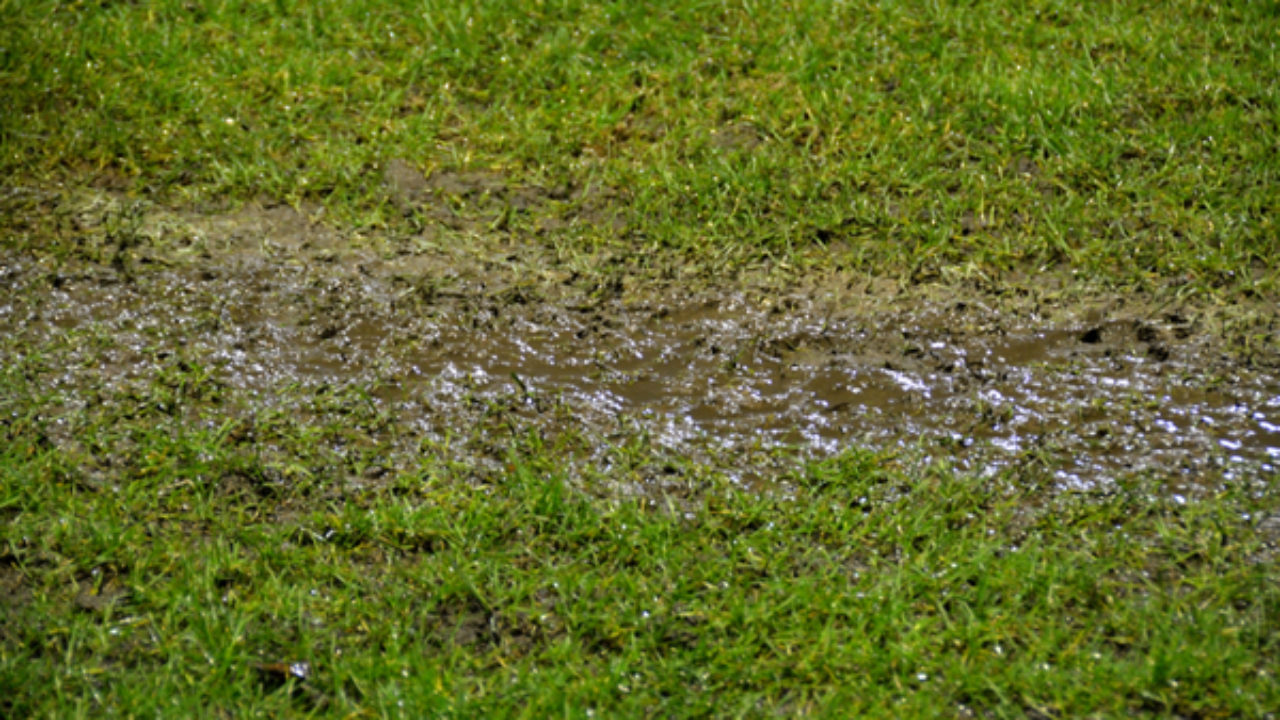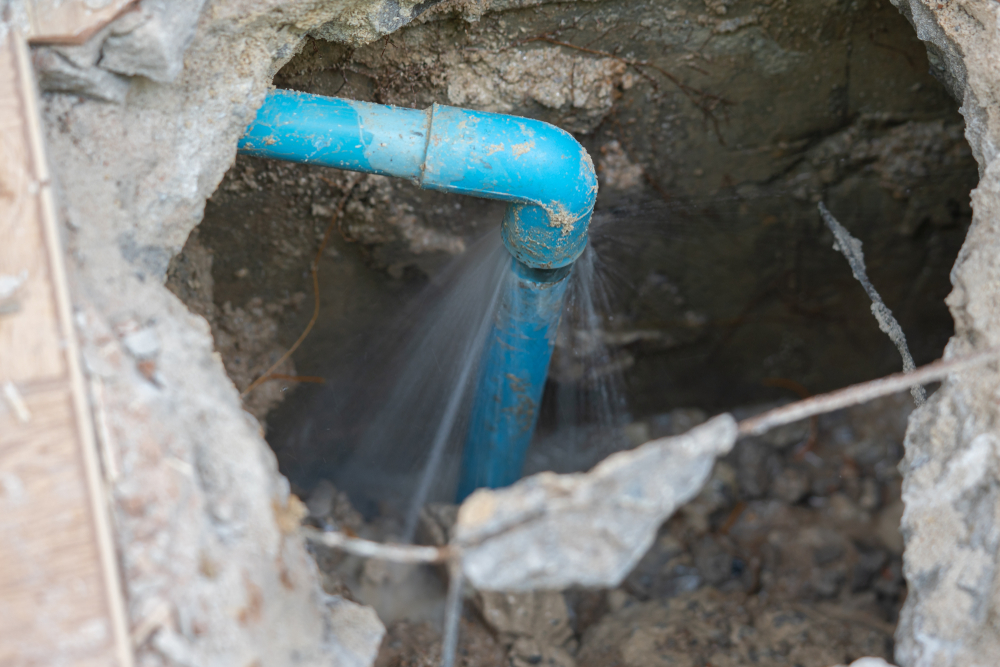How to Check If Your Home Has a Hidden Leakage
How to Check If Your Home Has a Hidden Leakage
Blog Article
The writer is making a few great points regarding Leaking water lines in general in this article underneath.

Early detection of dripping water lines can reduce a potential disaster. Some tiny water leakages may not be noticeable.
1. Analyze the Water Meter
Every residence has a water meter. Examining it is a guaranteed manner in which aids you uncover leakages. For starters, shut off all the water resources. Make sure no person will certainly flush, utilize the tap, shower, run the cleaning equipment or dishwasher. From there, go to the meter as well as watch if it will certainly transform. Because no one is using it, there should be no activities. If it moves, that suggests a fast-moving leakage. If you identify no changes, wait a hr or two and also examine back once again. This implies you may have a slow-moving leakage that could also be below ground.
2. Inspect Water Usage
If you find abrupt changes, in spite of your usage being the same, it suggests that you have leaks in your plumbing system. A sudden spike in your expense suggests a fast-moving leak.
At the same time, a stable rise on a monthly basis, despite having the same behaviors, reveals you have a slow leak that's additionally slowly intensifying. Call a plumber to completely check your property, especially if you feel a warm location on your floor with piping below.
3. Do a Food Coloring Test
When it comes to water consumption, 30% comes from commodes. If the color somehow infiltrates your dish during that time without flushing, there's a leakage in between the container and dish.
4. Asses Outside Lines
Do not fail to remember to inspect your exterior water lines as well. Test spigots by connecting a garden pipe. Needs to water seep out of the connection, you have a loose rubber gasket. Replace this and also make certain all links are tight. If you have actually obtained a sprinkler system, it will certainly aid get it properly examined and also preserved each year. One little leakage can lose lots of water as well as increase your water expense.
5. Assess the scenario as well as examine
House owners ought to make it a practice to check under the sink counters and also inside cupboards for any type of bad odor or mold growth. These 2 red flags show a leak so punctual focus is needed. Doing routine evaluations, also bi-annually, can save you from a significant problem.
Examine for stainings as well as deteriorating as the majority of pipes as well as devices have a life expectancy. If you presume dripping water lines in your plumbing system, don't wait for it to intensify.
Early discovery of dripping water lines can mitigate a prospective disaster. Some small water leaks might not be visible. Inspecting it is a proven method that helps you uncover leaks. One small leakage can throw away tons of water as well as spike your water costs.
If you think leaking water lines in your plumbing system, don't wait for it to escalate.
WARNING SIGNS OF WATER LEAKAGE BEHIND THE WALL
PERSISTENT MUSTY ODORS
As water slowly drips from a leaky pipe inside the wall, flooring and sheetrock stay damp and develop an odor similar to wet cardboard. It generates a musty smell that can help you find hidden leaks.
MOLD IN UNUSUAL AREAS
Mold usually grows in wet areas like kitchens, baths and laundry rooms. If you spot the stuff on walls or baseboards in other rooms of the house, it’s a good indicator of undetected water leaks.
STAINS THAT GROW
When mold thrives around a leaky pipe, it sometimes takes hold on the inside surface of the affected wall. A growing stain on otherwise clean sheetrock is often your sign of a hidden plumbing problem.
PEELING OR BUBBLING WALLPAPER / PAINT
This clue is easy to miss in rooms that don’t get much use. When you see wallpaper separating along seams or paint bubbling or flaking off the wall, blame sheetrock that stays wet because of an undetected leak.
BUCKLED CEILINGS AND STAINED FLOORS
If ceilings or floors in bathrooms, kitchens or laundry areas develop structural problems, don’t rule out constant damp inside the walls. Wet sheetrock can affect adjacent framing, flooring and ceilings.
https://www.servicemasterbyzaba.com/blog/how-to-detect-water-leakage-in-walls/

As a devoted person who reads about Hacks to detect leaks, I was thinking sharing that excerpt was worth the trouble. Enjoyed reading our write up? Please share it. Help someone else find it. I truly appreciate reading our article about Detecting hidden plumbing leaks.
Report this page